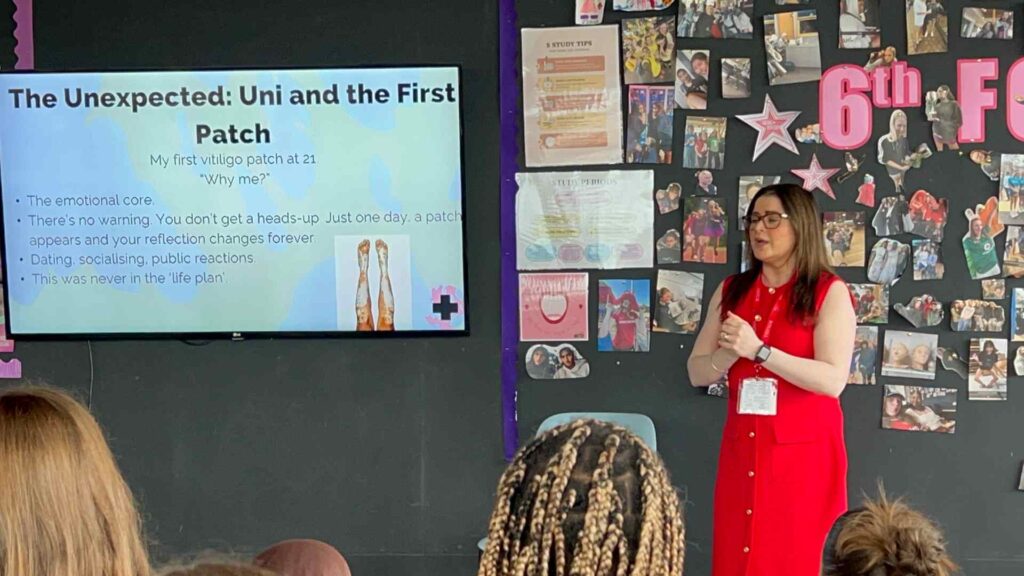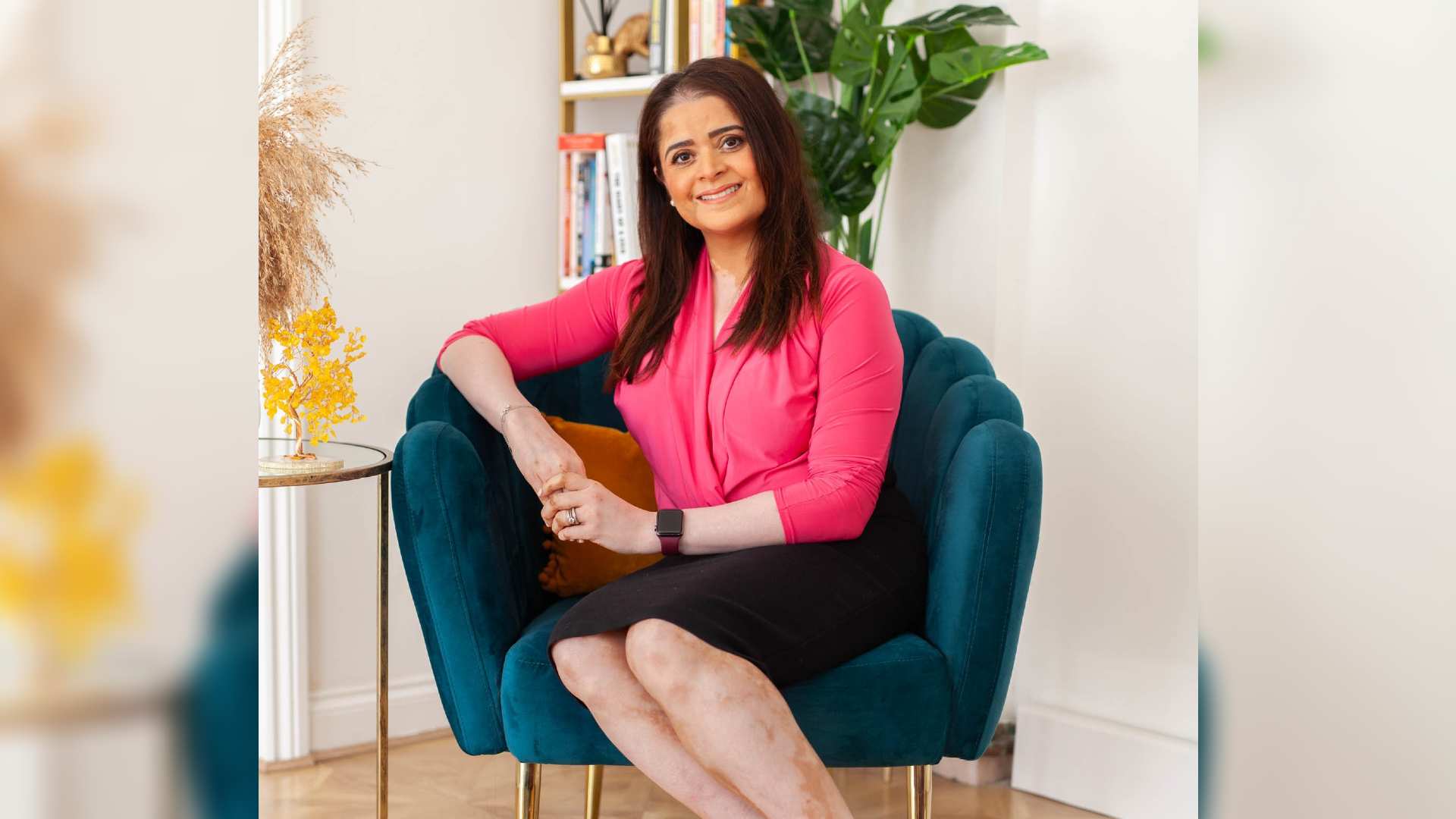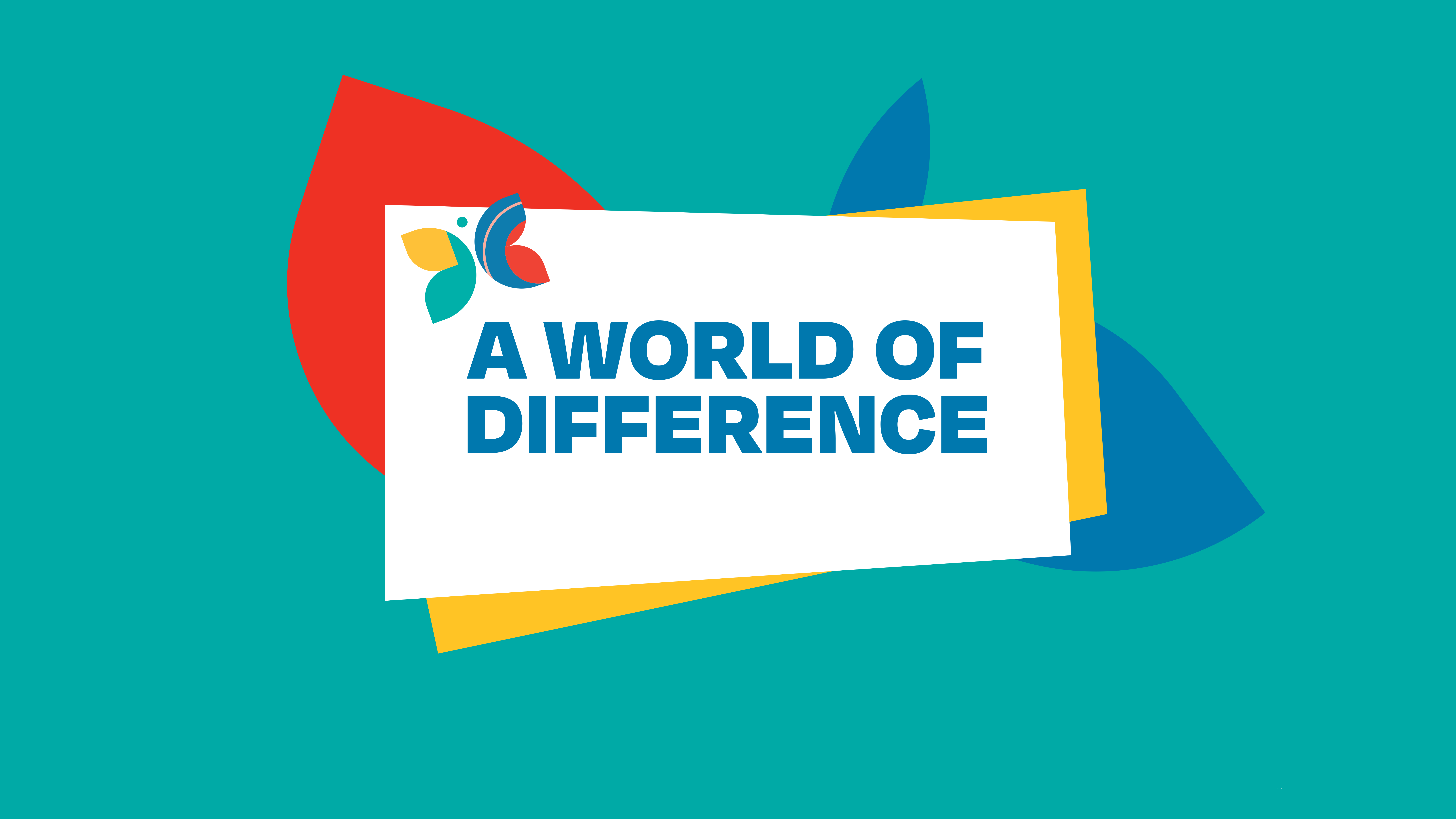As a teacher with over 20 years of experience in secondary education, I have seen first-hand the challenges that young people with a visible difference can face. Bullying and peer pressure are, sadly, common issues, and I know that teachers do not always fully comprehend the impact a visible difference can have on a child’s daily life.
Many students experience social isolation, finding it hard to join in with friendship groups or activities. Low self-esteem and body image struggles often arise, particularly when young people compare themselves to their peers. I have also seen how stereotyping or assumptions about ability can make pupils feel misunderstood. For some, situations such as PE lessons, drama performances, or even using changing rooms can cause heightened anxiety.
Leading age-appropriate and non-patronising conversations about visible difference is key.
In today’s digital world, online harassment through social media adds another layer of difficulty. Even well-intentioned overprotection from adults or classmates can leave pupils feeling different or restricted in ways that hold them back.
From my experience as a secondary school teacher, and as someone who lives with a visible difference, I know that teachers play a vital role in supporting students with visible differences.
What teachers can do to help in the classroom:
- Develop a strong anti-bullying culture within the classroom that explicitly tackles appearance-based bullying.
- Embed visible difference resources and discussions within PSHE lessons to help normalise the topic.
- Provide safe spaces and trusted adults for pupils to talk to if they have questions or concerns. Creating opportunities for open conversations is important and can help set a positive tone around the topic of visible difference.
- Celebrate diversity through the wider curriculum to further normalise difference and individuality. Even small changes, such as inclusive imagery in classroom displays or resources, make a powerful statement about belonging and respect.
- Implement mentoring or buddy systems so that students can get to know each other and encourage peer support.
- Provide role models across sport, the arts, and public life to demonstrate that visible difference is not a barrier to achievement.
In my own practice, I have found that working closely with parents and carers gives me a deeper understanding of individual needs. Supporting children with visible differences isn’t a one-size-fits-all issue, so get to know students and their families on a deeper level before implementing any strategies.
Leading age-appropriate and non-patronising conversations about visible difference is key. These are most effective when they are integrated into the wider school culture. Form-time discussions and Q&As allow students to explore the subject in a safe and structured way with their form tutors while assemblies led by Heads of Year during Mental Health Awareness Week or other key dates help give it visibility across the school.
Certain subjects, such as PSHE or RE, lend themselves well to workshops on body positivity and respect. At my previous school, I used to come in and talk to classes about my visible difference and body positivity which linked to the RE year 9 curriculum.

Sharing real life experiences with students can be a powerful educational tool
I also believe bringing in external speakers with lived experience, including authors or guest presenters, during events like World Book Day, can be incredibly powerful, as students respond well to authentic voices.
Teaching secondary school students about visible differences through roleplay or empathy-building activities can further strengthen understanding. These exercises can be incredibly important for all year groups but particularly KS3 and year 7 when students are joining high school and learning to build and strengthen new friendships with one another.
Keep in mind that secondary school students value freedom and independence. Peer-led initiatives, such as student councils or diversity groups, ensure the message is not only top-down but embedded in student culture. Trust students to take what they have learnt from lessons and use it in a positive way.
It’s not just about the students though. Teacher training is a crucial tool to ensure teachers have the knowledge they need to talk about visible difference sensitively and confidently. INSET days provide a valuable opportunity to raise awareness of visible differences and encourage colleagues to be mindful of the impact their attitudes and actions can have.

